Urban Sindh left behind in education access
Despite over 17 years of PPP rule, severe disparities persist between rural, urban Sindh
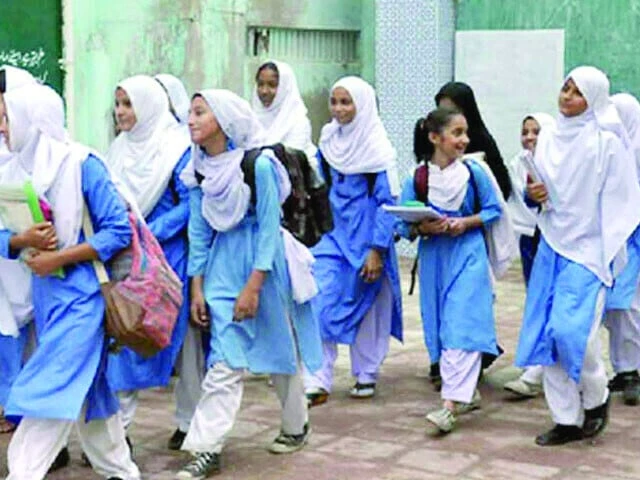
It has been over 17 years since the Pakistan Peoples Party (PPP) came to power in Sindh, yet the province - with a population of more than 50 million from Karachi to Kashmore - continues to struggle with basic civic services, especially access to education for a large number of children in both urban and rural areas.
The Sindh government's neglect of education affects both rural and urban regions, but in many aspects, urban Sindh - particularly Karachi - appears to suffer more acutely. It often feels as though urban Sindh is being treated like a stepchild. For instance, in rural Sindh, there are 145 government schools for every 100,000 people, while in urban Sindh, there are only 13. In Karachi, the situation is even worse - only two govt schools per 100,000 people.
According to data from the Bureau of Statistics, the population of rural Sindh is approximately 25.64 million, which is 46% of the province's total population. Urban Sindh, by contrast, accounts for 54%, with a population of about 30.57 million. The number of out-of-school children in rural Sindh is 5.12 million (65%), while in urban Sindh, 2.7 million children (35%) are not attending school.
Data from the Sindh Education and Literacy Department shows that the total number of govt schools across the province is 40,978. Of these, 37,159 are in rural Sindh - despite its smaller population - while urban Sindh, with a larger population, has only 3,819 government schools. This means rural Sindh has 145 schools per 100,000 people, whereas urban Sindh has just 13.

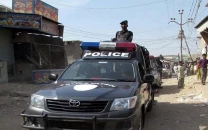

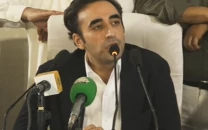
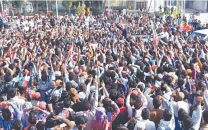

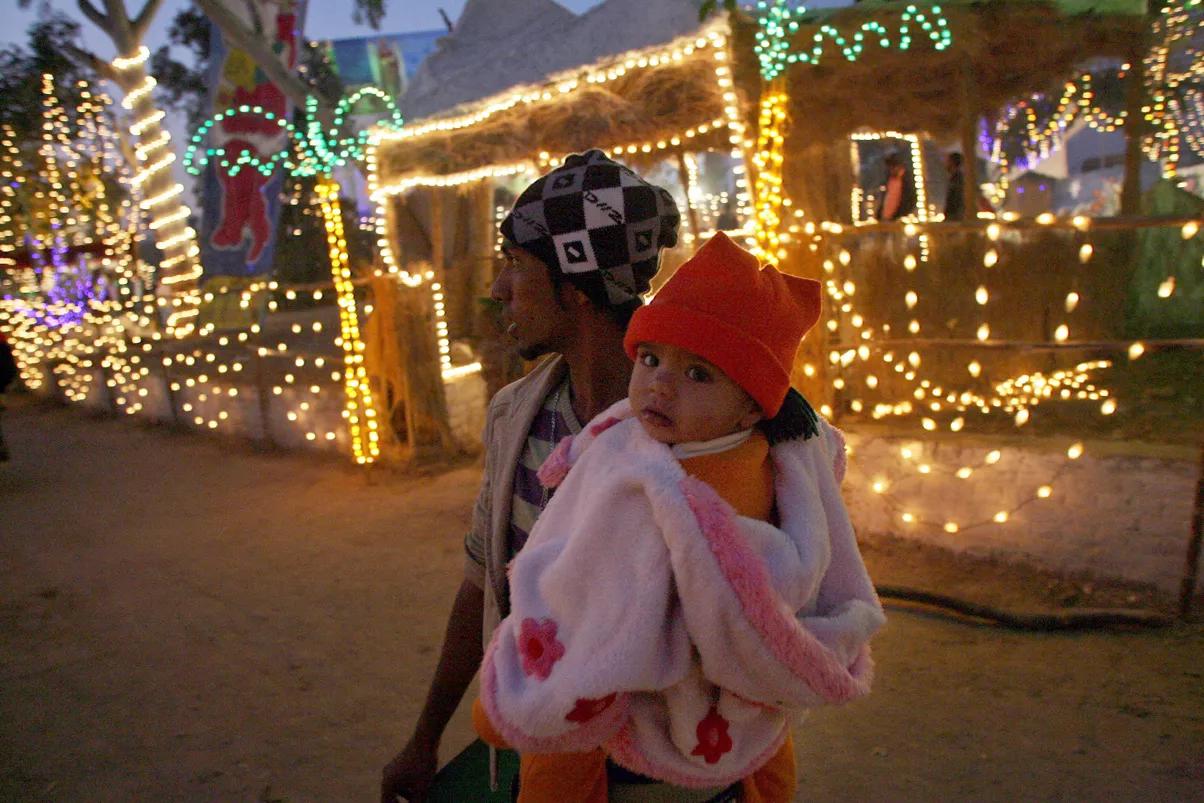
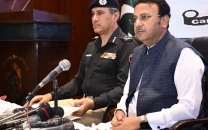
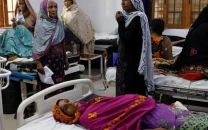
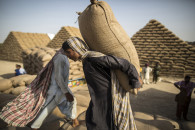
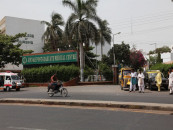

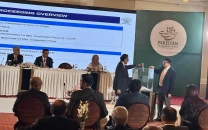
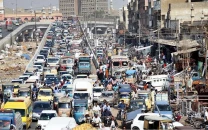



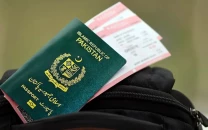
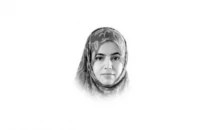


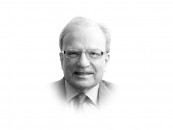
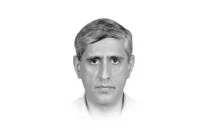

COMMENTS
Comments are moderated and generally will be posted if they are on-topic and not abusive.
For more information, please see our Comments FAQ